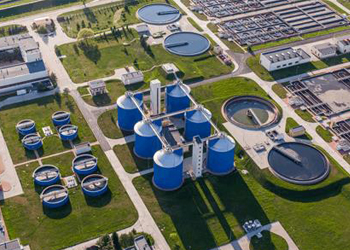- Technical Specification
- Gallery
- Quick Inquiry
- STP Plant Importance
- STP Plant India
- ETP Plant India
- Wastewater Treatment Plant India
- Effluent Treatment Plant
- WTP Plant Chennai
- STP Plant Chennai
- Sewage Treatment Plant Chennai
- Effluent Treatment Plant Chennai
- ETP Plant Tamilnadu
- Effluent Treatment Plant Tamilnadu
- Sewage Treatment Plant Tamilnadu
- STP Plant Tamilnadu
- Wastewater Treatment Plant Tamilnadu
- Water Purification Plant UAE
- Effluent Treatment Plant UAE
- Sewage Treatment Plant UAE
- DM Plant UAE
- DM Water Treatment Plant UAE
- Water Treatment Plant UAE
- Why ETP Plant Required?
- STP Plant Trichy
- Installing STP Plant Benefits
- Water Purification System
- Need Wastewater Treatment Plant
- STP Plant Trichy
- Benefits of ETP Plant
- STP Plant Manufacturers
- Advantages of Wastewater Treatment Plant
- Industrial Effluent Treatment Plant
- Sewage Treatment Plant
- DM Plant South Africa
- ETP Plant South Africa
- WTP Plant South Africa
- ETP Plant Suppliers
- STP Plant Suppliers
- Reverse Osmosis Plant
- RO Plant in Chennai
- Iron Removal Plant
- Wastewater Treatment Plant Chennai
- WTP Plant in Chennai
WASTE WATER TREATMENT PLANT
How Does A Wastewater Treatment Plant Work?
Need For Wastewater Treatment Plants
Wastewater treatment plants were excessive all the time. Previously, microbes and different organisms found in streams would separate sewage into innocuous side-effects in a normally happening filtration process. However, the microorganisms and different organic entities couldn't stay aware of the expansion in population and creation of sewage. Wastewater is currently shipped off wastewater treatment plants — a significant number of which utilize a similar sanitization process tracked down in nature to clean water.
Essential Stage
Sewage enters the essential phase of treatment when it shows up at a wastewater treatment facility. To start with, sent through a screen is designed to eliminate huge bits of garbage that could harm Lakeside equipment utilized somewhere else in the office. A few offices have various screens set up to eliminate items and materials of various sizes from the sewage.
Subsequent to going through the screen, the sewage water moves into the grit chamber. Grit can incorporate sand, rock, eggshells, or some other kind of strong material that endures the screening system. There are a few unique sorts of grit chambers; however Lakeside's circulated air through grit chamber is among the most famous. The wastewater streams in a winding example inside this chamber. Air is gradually brought into one side of the chamber, making an opposite design that isolates heavier materials from the remainder of the water. The heavier materials, or grit, then, at that point, sink to the lower part of the chamber.
Auxiliary Stage
The auxiliary stage of the treatment cycle is designed to eliminate up to 85% of natural matter that remaining parts in the wastewater. There are various ways of accomplishing this objective, yet numerous offices utilize either the streaming filter or initiated sludge process. Assuming the office utilizes the streaming filter strategy, the wastewater is pumped into an area that contains between three to six feet of stones subsequent to leaving the sedimentation tank.
Microorganisms and other little organic entities develop on these stones, so they polish off or separate the natural matter in the water as it courses through the tank. The water is then taken out from the streaming filter through lines and sent back to a sedimentation tank for one more round of decontamination. Most offices utilize the activated sludge process, which happens quickly following the sedimentation tank in the essential phase of treatment. The wastewater enters an air circulation tank, where it is blended in with sludge.
Air is then pumped into the air circulation tank to work with the growth of microbes and other little living beings inside the sludge. The microbes and different microorganisms separate the natural matter in the water into harmless side-effects. The wastewater will stay in the air circulation tank for between three to six hours, which gives the microbes and microorganisms a lot of chance to separate the entirety of the excess natural material. In the wake of leaving the air circulation tank, the wastewater is typically shipped off another sedimentation tank to isolate the solids from the water.



